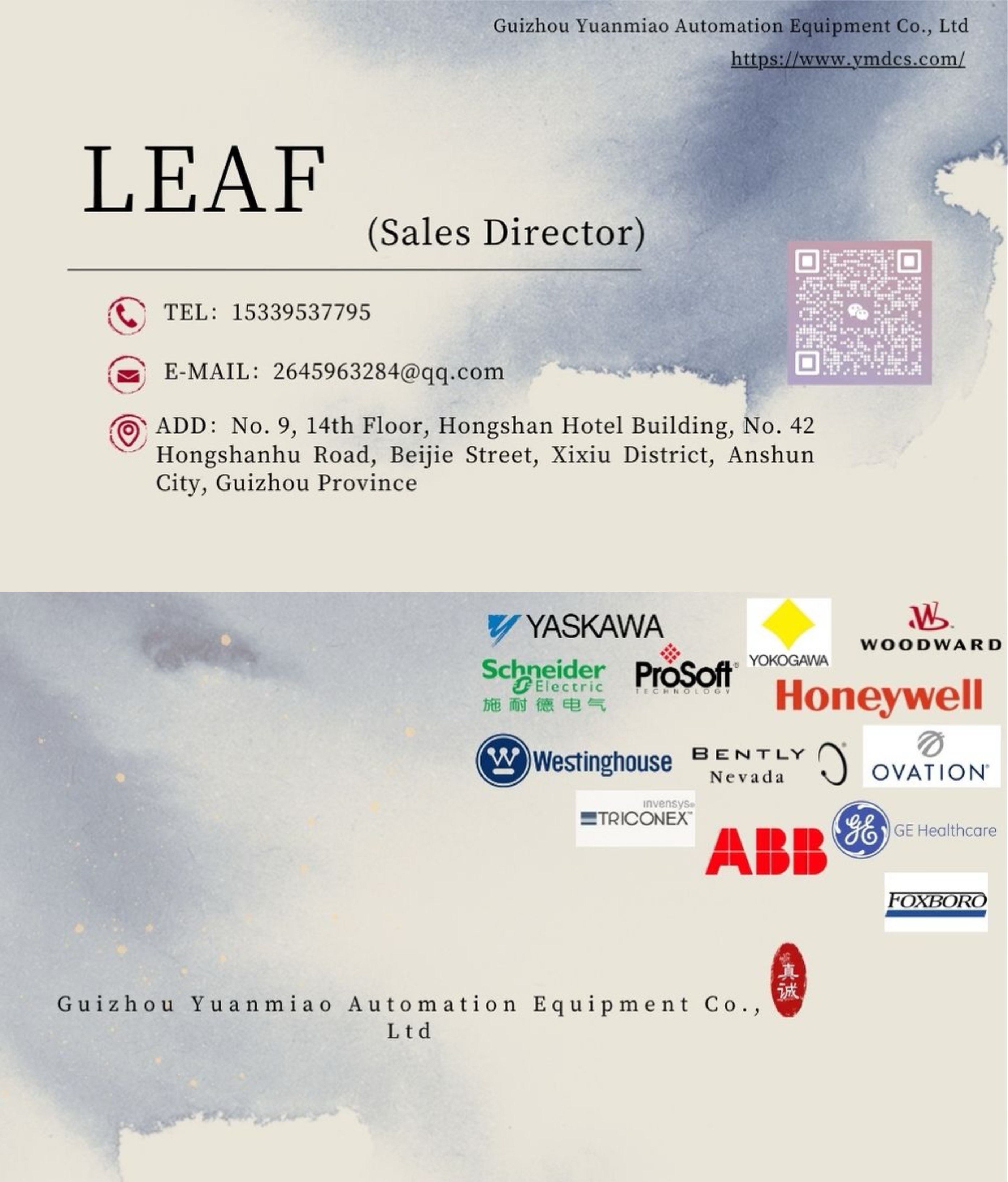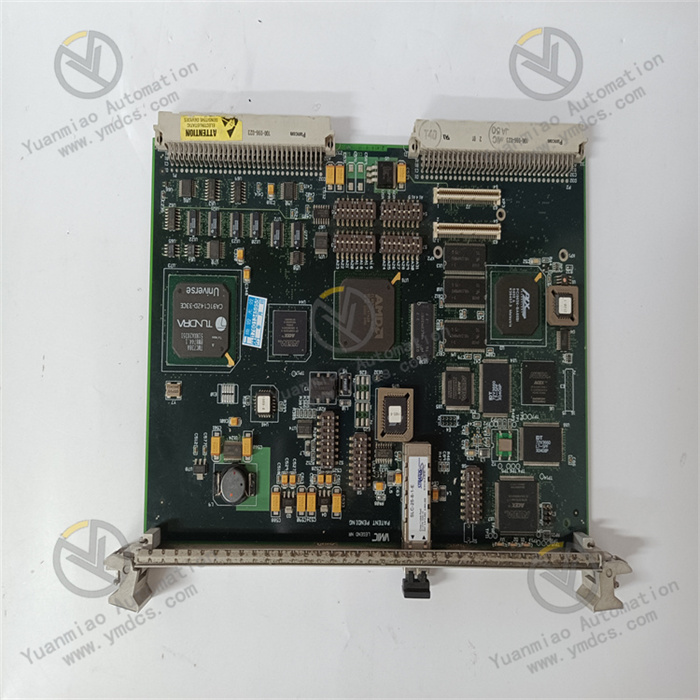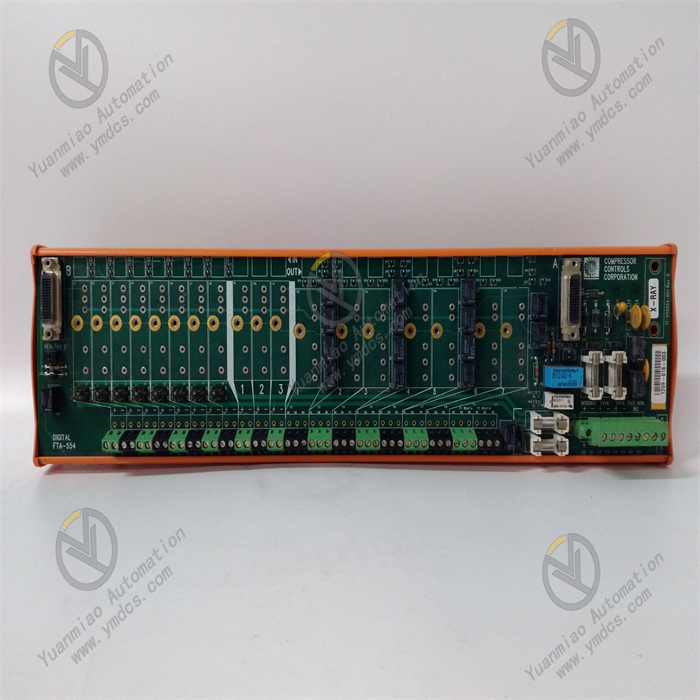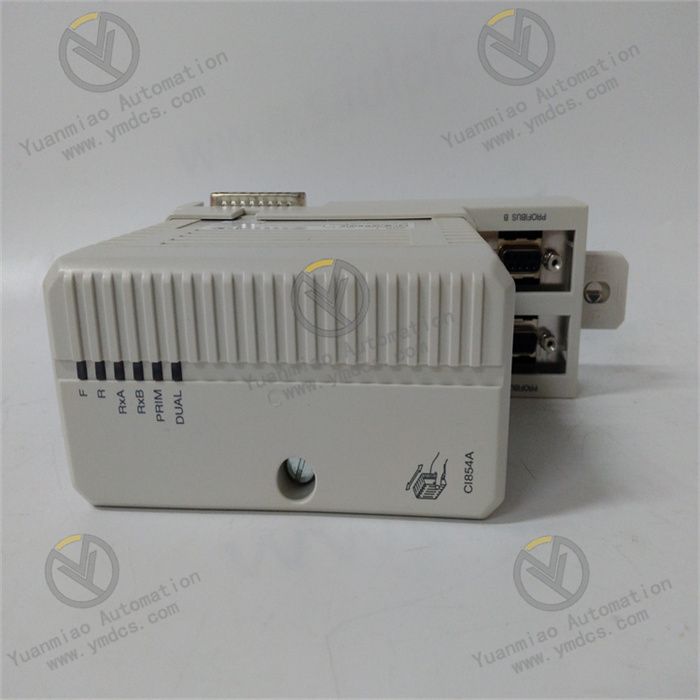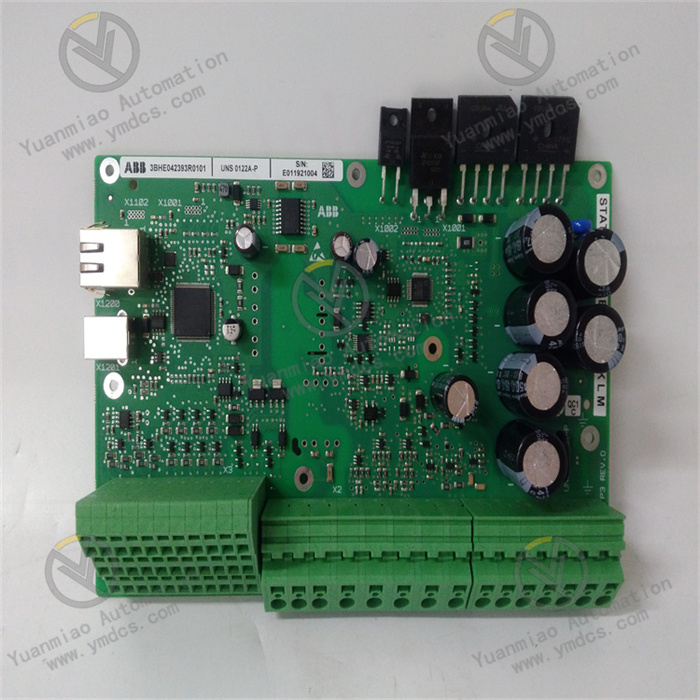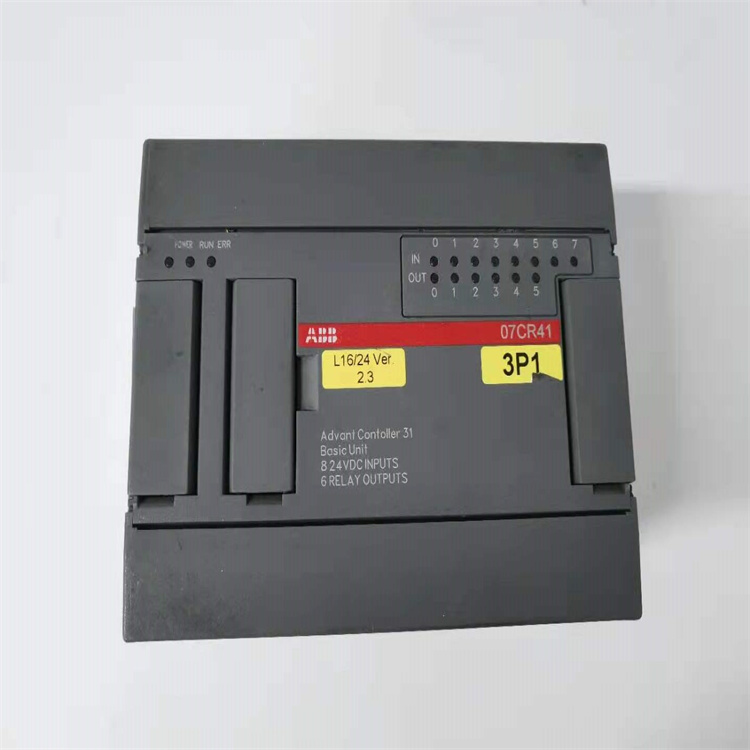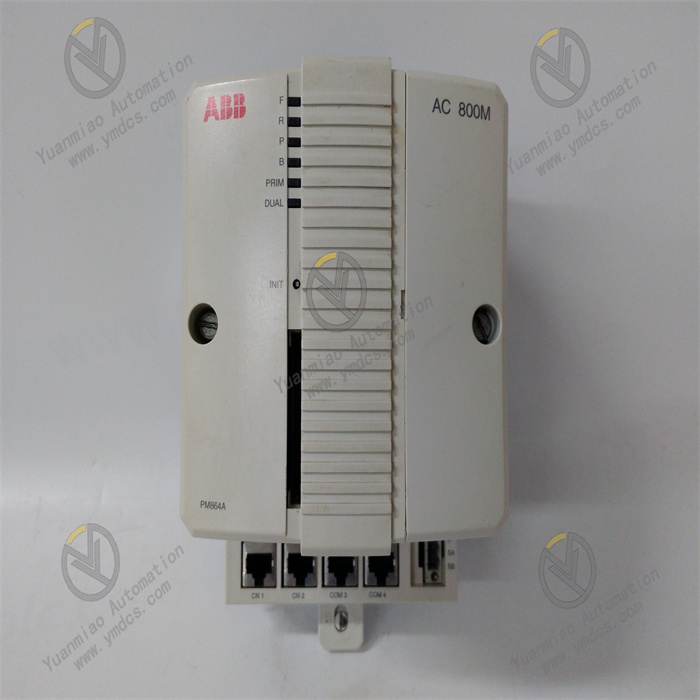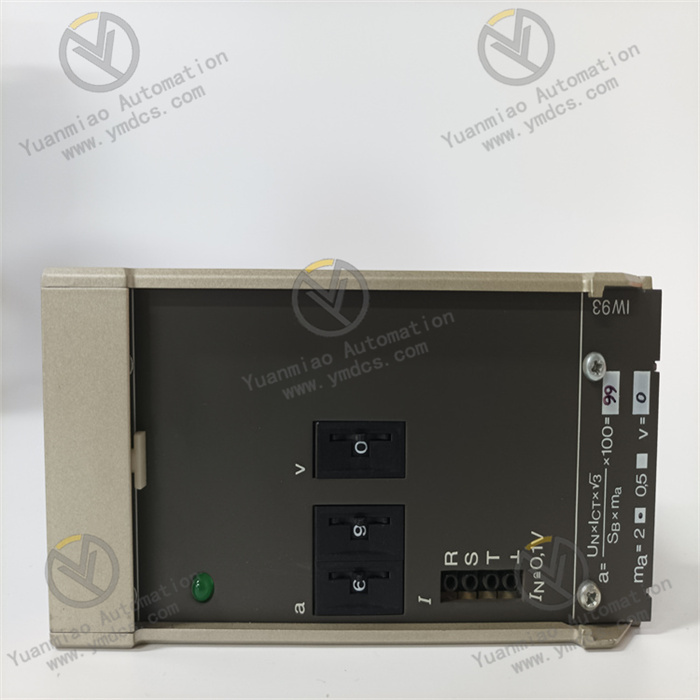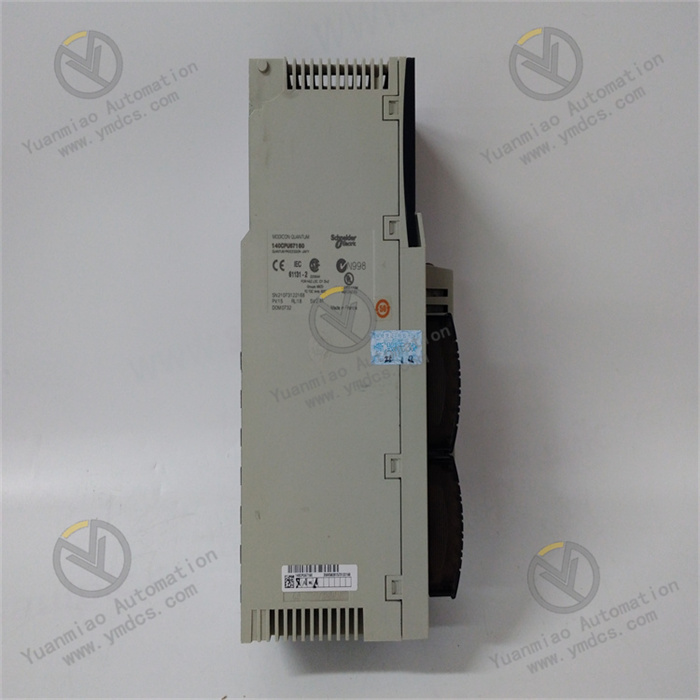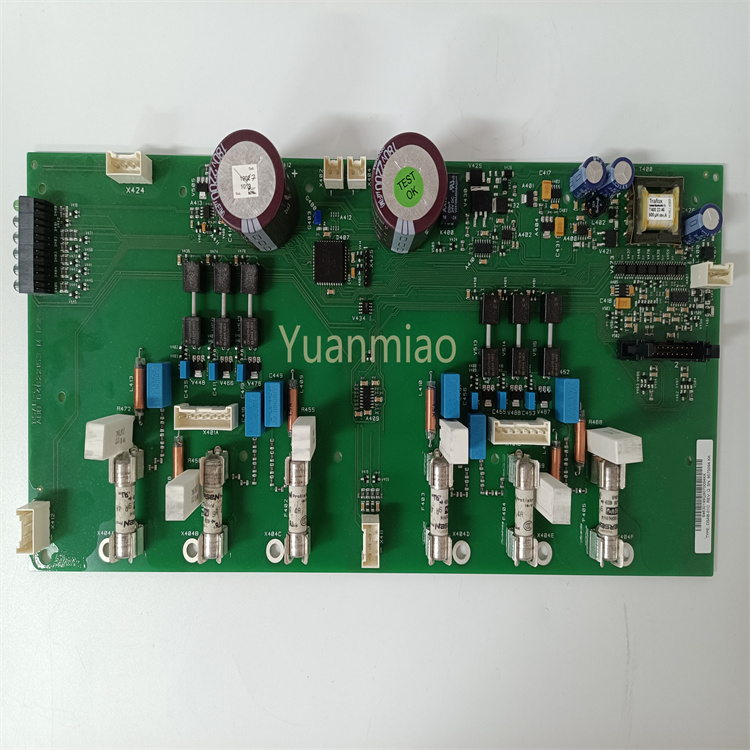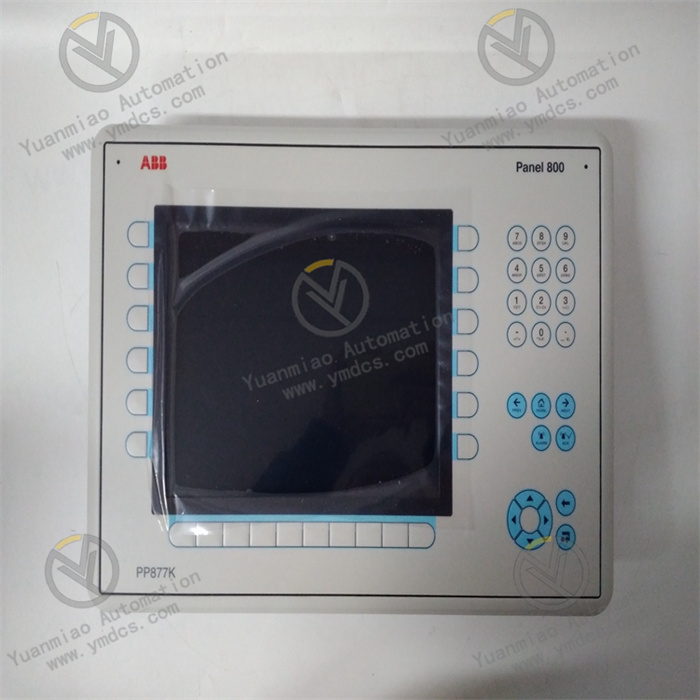Description
Part Number: IS200VSVOH1B
Manufacturer: General Electric
Product Type: Servo Control Board
Series: Mark VI
Country of Manufacture: United States(USA)
IS200VSVOH1B is a VME Servo Control Board manufactured by General Electric as part of the Mark VI Series used in gas turbine control systems. The four electro-hydraulic servo valves that operate the steam/fuel valves are under the direction of the Servo Control (VSVO) board. Typically, two servo terminal boards are used to separate these four channels (TSVO or DSVO). Using linear variable differential transformers, the valve position is determined (LVDT).
- The VSVO executes the loop control algorithm. On the front panel's J5 plug and the J3/J4 connectors on the VME rack, three cables connect to VSVO. The JR1 connector is used by
- TSVO delivers simplex signals, while the JR1, JS1, and JT1 connectors are used to fan out TMR signals. External trips from the protection module are plugged into JD1 or JD2.
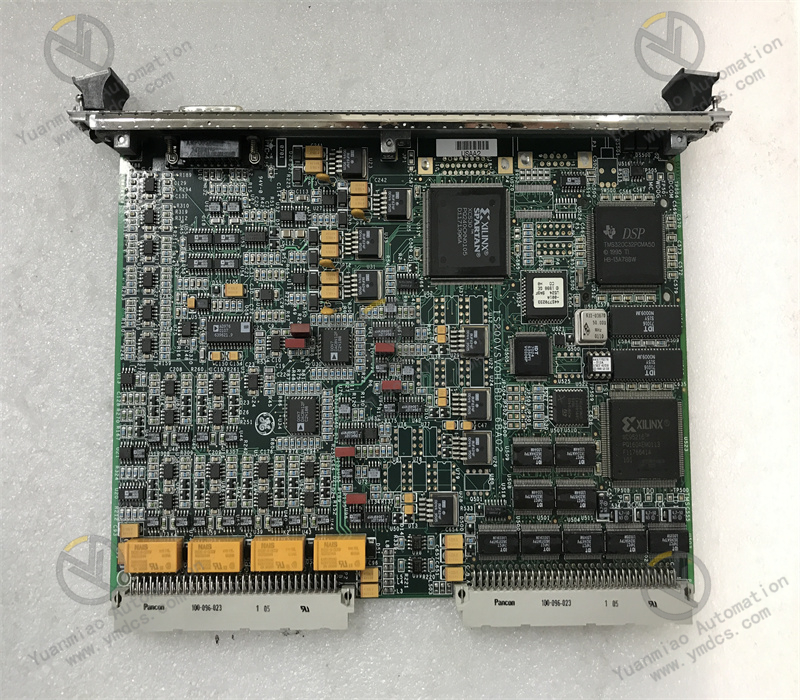
IS200VSVOH1B Installation
- Turn off the processor rack for the VME.
- Place the board in place and use your hands to press the top and bottom levers into the seat of the edge connectors.
- Tighten the captive screws on the front panel's top and bottom.
Cable connections to the TSVO terminal boards are made at the lower J3 and J4 connectors on the VME rack. To secure the cables, they are latching connections. Start the VME rack and look at the diagnostic lights on the front panel.
IS200VSVOH1B Operation
- LVDT position feedback, LVDT excitation, bidirectional servo current outputs, and pulse rate flows inputs are all included in VSVO's four channels.
- Up to six LVDT valve position inputs can be provided excitation for by the TSVO, which also accepts input from them. For each servo control loop, there is a choice of one, two, three, or four LVDTs.
- For applications measuring gas turbine flow, three inputs are offered. These signals pass through TSVO and are sent straight to J5 on the VSVO board front. When de-energized, each servo output has a dedicated suicide relay that, when controlled by firmware, shorts the VSVO output signal to signal common before returning to normal operation upon a manual reset instruction.
- Each servo's output voltage, current, and suicide relay are all monitored by diagnostics.
Diagnostics
Three LEDs at the top of the VSVO front panel display status data. The regular RUN state is flashing green, while FAIL is solid red. The third LED is STATUS, which is generally off but flashes a constant orange if the board has an alarm condition. The following diagnostic tests are included:
- The output servo current is excessive or not reacting, resulting in a fault.
- The regulator feedback (LVDT) signal has exceeded its limitations. When a problem occurs, the related regulator's poor sensor is removed from the feedback computation and the good sensor is used.
- The servo suicided. This results in a flaw.
- The A/D converter calibration voltage is out of range and is being utilized as a default value.
- The excitation voltage of the LVDT is out of range. A flaw is made.
- The difference between the input signal and the chosen value exceeds the TMR differential limit. This results in the creation of a fault indicating a problem with this sensor input.
- If any of the foregoing signals becomes unhealthy, a composite diagnostic alert, L#DIAG VSVO, is triggered. The toolbox contains information about the individual diagnoses. Individual diagnostic signals can be latched and reset with the RESET DIA signal if they become healthy.
- Terminal board connectors JR1, JS1, and JT1 each have their own ID device that is interrogated by the I/O board. The ID device is a read-only chip that contains the serial number, board type, revision number, and plug location of the terminal board. When VSVO reads the chip and detects a mismatch, a hardware incompatibility fault is generated.
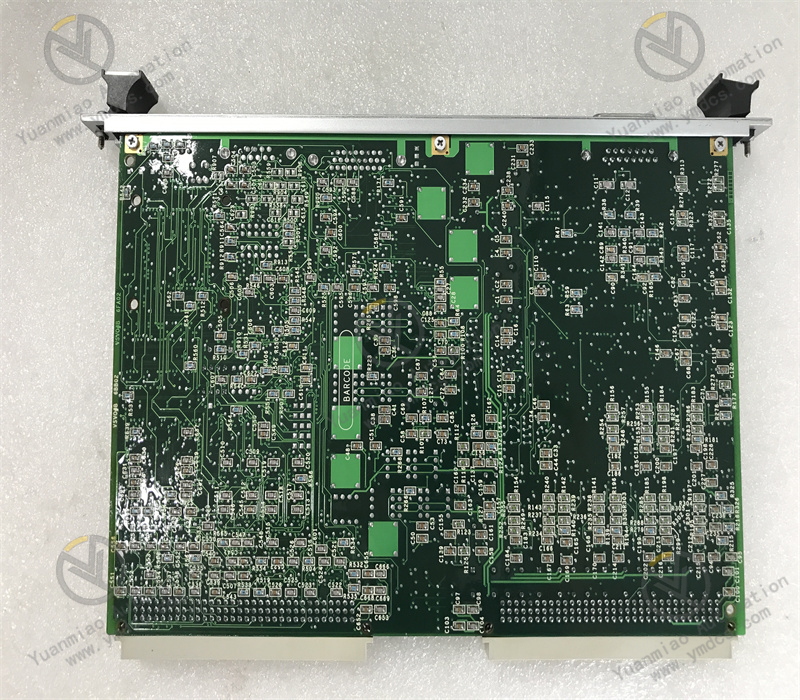
Digital Servo Regulators
- The Digital Servo Regulators n = 1-4 splits the servo regulators into the software and hardware portions of the control loop. The user can select the servo feedback from the LVDT and pulse rate inputs.
- The LVDT input is a 3.2KHz sinusoidal signal, the magnitude of which is proportional to the position of the electromechanical valve controlled by the servo output. The pulse rate input is a TTL-type signal or some other periodic signal that activates a comparator input. An FPGA on the VSVO counts the comparator output transitions and converts them to a flow rate. For LVDT feedbacks, LVDT1 - 12 are scaled and conditioned in the Digital regulator's Position Feedback function, and can also be independently conditioned by a separate Monitoring function. The presence of an asterisk after a block name indicates the existence of a more detailed graphic to better define the block function.
- All VSVO signal space I/O is labeled as si for system input, which means the controller reads the signal space variable from the servo card, or so for system output, which means the controller writes the signal space variable to the servo card. Italic text is defined as a configuration parameter that the Toolbox can edit to redefine the VSVO's operation. Variable Name is an internal variable that the user cannot see using the Toolbox.
Servo Suicide Control
The Servo Suicide compares the absolute value of the filtered servo current error to the Sui Margin configuration parameter value. This detector determines whether the hardware servo current regulator has lost current control. If the current feedback does not match the current command, a diagnostic is generated, and the servo current output is disabled (disabled and put in a safe state).
1 PulseRate /2 PulseRateMax
- The Digital Servo regulator is set up as a flow-rate controller. The feedback for the 1 PulseRate version of the flow-rate regulator is a pulse signal with a frequency proportional to the flow-rate of the liquid fuel.
- The bigger pulse rate frequency is chosen as the feedback for the flow rate regulator in the dual input instance. System Limit functions are given to monitor each of the pulse rate inputs and are enabled via the SysLimxEnabl configuration parameter. It can latch the signal space limit flags, SysLimxPR1 and/or SysLimxPR2, if desired.The Digital Servo regulator is set up as a flow-rate controller. The feedback for the 1 PulseRate version of the flow-rate regulator is a pulse signal with a frequency proportional to the flow-rate of the liquid fuel.
- The bigger pulse rate frequency is chosen as the feedback for the flow rate regulator in the dual input instance. System Limit functions are given to monitor each of the pulse rate inputs and are enabled via the SysLimxEnabl configuration parameter. It can latch the signal space limit flags, SysLimxPR1 and/or SysLimxPR2, if desired.
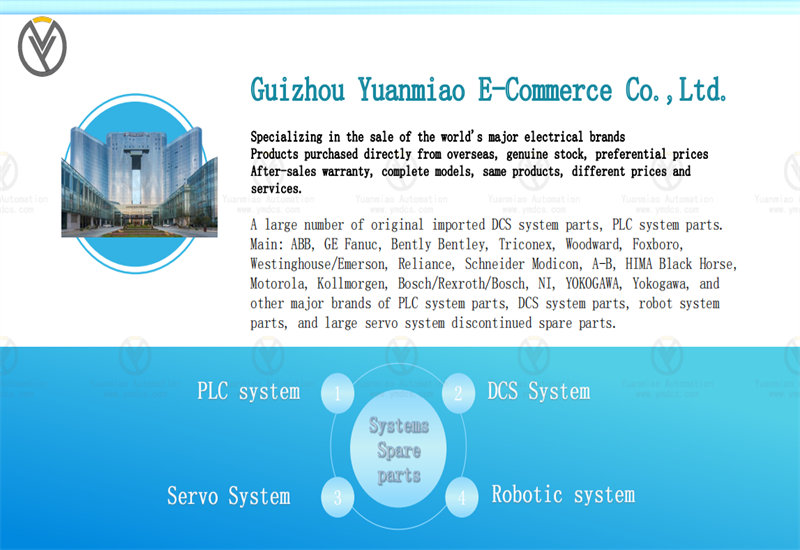
The company focuses on DCS, PLC, robot, large servo four systems
The main products are various modules/cards, controllers, touch screens, servo drivers
Company advantage: Supply imported original products, professional production of spare parts
One year warranty, fast delivery time, complete supply !!!
① 24 hours email response (12 hours);
② For shipment outside Asia, please contact the seller.
Main brands include: ABB, Bailey, GE, FOXBORO, Invensys TRICONEX, Bentley BENTLY, A-B Rockwell, EMERSON EMERSON, B&R, MOTOROLA, FUANC, REXROTH, KUKA, HONEYWELL, NI, DEIF, Yokogawa, WOODWARD WOODWARD, Ryan, SCHNEIDER SCHNEIDER, Yaskawa, MOOG, EPRO, PROSOFT and other major brands
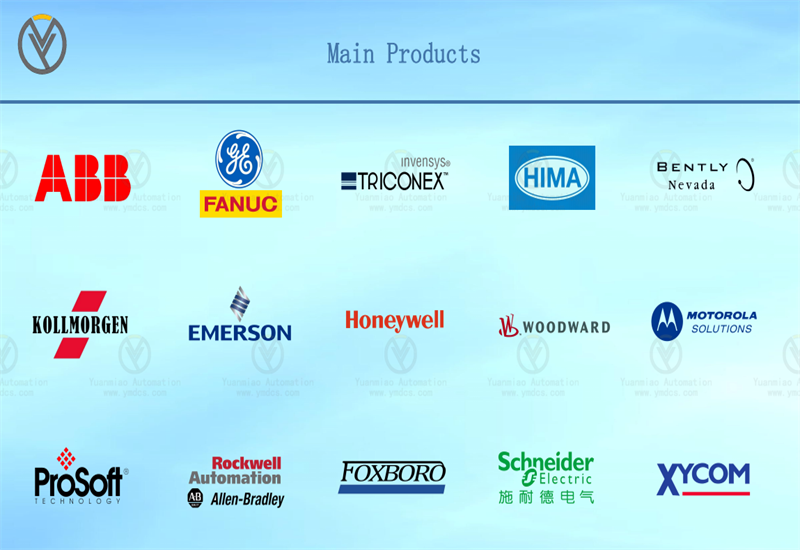
【 Disclaimer 】 We sell new products and discontinued products, independent channels to buy such special products. Guizhou Yuanmiao Automation Equipment Co., Ltd. is not an authorized distributor, dealer or representative of the products featured on this website. All product names/product images, trademarks, brands and microlabels used on this Website are the property of their respective owners. Descriptions, depictions or sales of products with such names/images, trademarks, brands and logos are for identification purposes only and do not imply any association or authorization with any rights holder. This article is from the official website of Guizhou Yuanmiao Automation Equipment Co., LTD. Please attach this link:http://www.ymdcs.com/GE/
